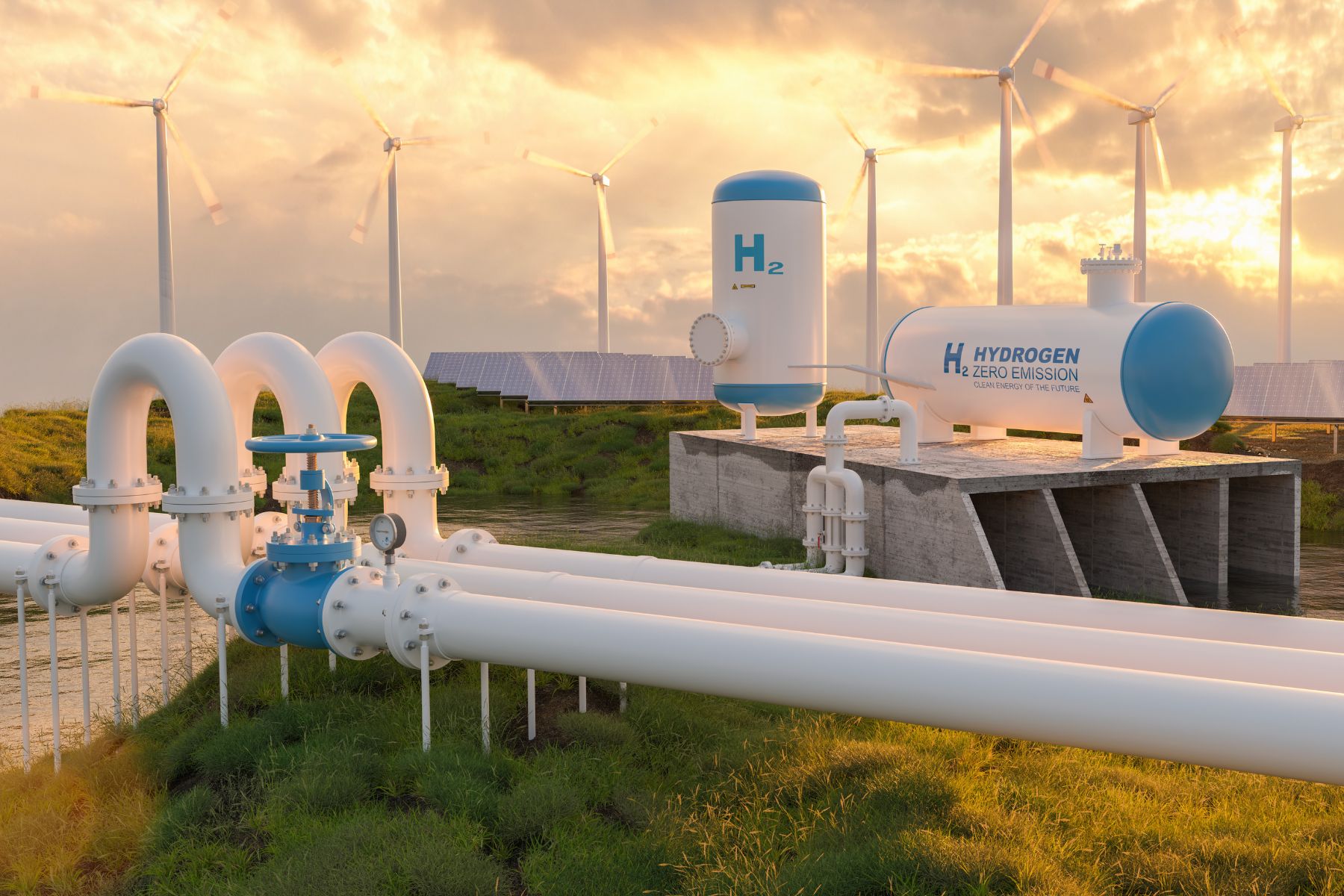
There is approximately 1,600 miles of hydrogen pipelines currently in operation in the United States, and that number is expected to grow with recent initiatives to decarbonize energy. By 2030, hydrogen production is expected to exceed 10 million tons p.a. with an estimated $500 billion invested in hydrogen projects. With the increased investment and attention, hydrogen will likely play a key role in the future of the energy transition, but the question of how to transport hydrogen safely and efficiently requires further research.
Hydrogen Embrittlement
Hydrogen embrittlement is one of the main dangers of transporting hydrogen in steel pipelines. When hydrogen embrittlement occurs, the steel loses ductility and toughness as the hydrogen’s active electron migrates into the crystal structure of steel.
Due to the embrittlement, the steel then becomes susceptible to cracking. As with other environmental cracking mechanisms, three main factors contribute to the risk of cracking due to hydrogen embrittlement: the susceptible material (steel), the environment (hydrogen), and the stress (residual or applied). Controlling these factors, either by increasing material strength, controlling hardness, or manipulating the percentage blend of hydrogen, will control the cracking mechanism.
Understanding the Controllable Factors
Today, most hydrogen is transported as a percentage blend with natural gas. When the percentage of hydrogen in natural gas pipelines is low, the variables and concerns are relatively well-defined and understood. However, as the percentage of hydrogen increases, the variables become less understood, and further research to understand and predict the behavior of the steel is required.
What happens when the percentage of hydrogen is increased in a hydrogen-natural gas blend?
Increasing the percentage of hydrogen, and therefore increasing the stress, will result in lower fracture resistance, as the critical k value of the steel decreases. Even small increases of hydrogen in the blend will result in some loss of fracture resistance. The fatigue crack growth rates will also increase, accelerating the formation of cracks by almost 30 times.
Opportunities and Associated Cost of Risk Mitigation for Hydrogen Pipelines
The mitigation strategies for controlling the risk associated with transporting hydrogen have their own cost-benefit trade-offs. For example, you can mitigate the risk of cracks/fractures by decreasing the percentage of hydrogen in a blend, but your throughput is affected. Your throughput will also decrease if you reduce the pressure in the line.
One option is to fortify the susceptible material (steel) by changing materials or adopting new technology to protect the steel pipeline. For example, you could potentially insert spoolable pipe into steel pipelines to act as a protective barrier. However, that effort can become very difficult and costly for existing pipelines and more research is needed to understand the needs and challenges of managing the integrity of spoolable pipelines.
When thinking about the energy transition and converting current infrastructure to handle hydrogen transportation, there are many concerns related to the susceptibility of the carrier pipe to the reactivity of hydrogen. The push to transition will likely have an impact on the future of the energy industry, but before that happen, more research is required.
Originally published February 28, 2023


 David Futch, PE
David Futch, PE